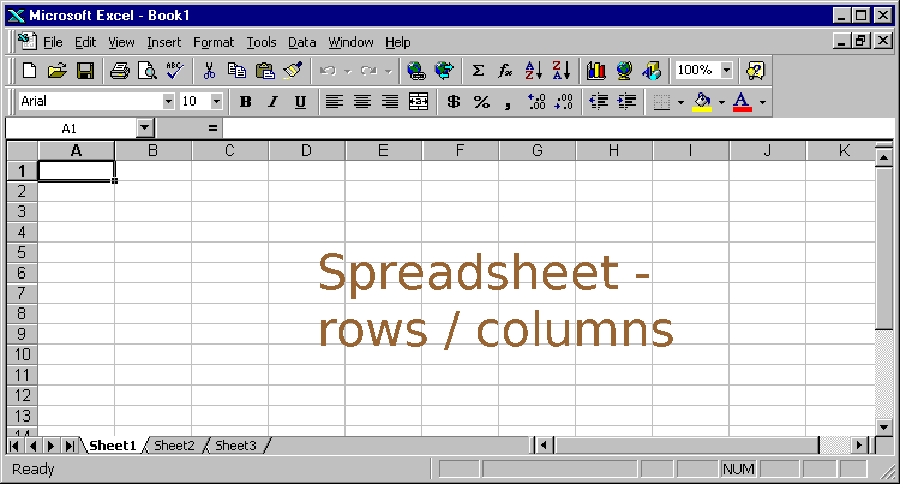The classic 1D array we've examined so-far is the 'string' - a one-dimensional array of elements type 'char'. A trivial matter is to create a 1D array using elements of type 'int'. 'C' provides a way for us to create and manipulate multi-dimensional arrays: 2D, 3D and other structures (although anything past 3D may cause brain injury). This installment reviews CHAR and INT 2D arrays.
/* pgm25 source */
#include <stdio.h>
#define MAXROW 3
#define MAXCOL 2
enum {RET_ERR = -1, RET_OK};
int main(void) {
int c; // VOODOO 'scanf()' fix
int entrycount;
int row;
int col;
char letrs[MAXROW][MAXCOL]; // 2-dimensional arrays, one of 'char'
int nums[MAXROW][MAXCOL]; // ...the other of 'int'
printf("\nPlease enter %d lines. This will populate a 'grid' of %d rows & %d columns\n", MAXROW * MAXCOL, MAXROW, MAXCOL);
printf("Each line: LETTER <Space> NUMBER <Enter>\n\n");
entrycount = 0;
for (row = 0; row < MAXROW; row++) {
for (col = 0; col < MAXCOL; col++) {
printf("Entry %d: ", ++entrycount);
scanf("%c %d", &letrs[row][col], &nums[row][col]);
while ((c = getchar()) != '\n' && c != EOF ); // VOODOO code for 'scanf()' fix
}
}
printf("\nResults:\n\n");
for (row = 0; row < MAXROW; row++) {
for (col = 0; col < MAXCOL; col++)
printf("letrs[%d][%d] holds: %c\t nums[%d][%d] holds: %d\n", row, col, letrs[row][col], row, col, nums[row][col]);
}
printf("\n");
return(RET_OK);
}

